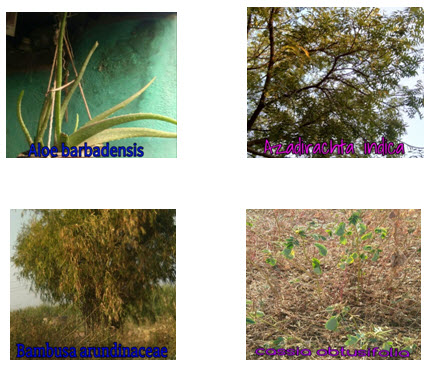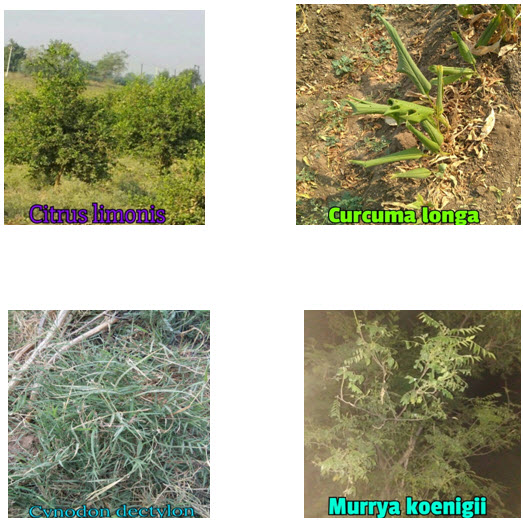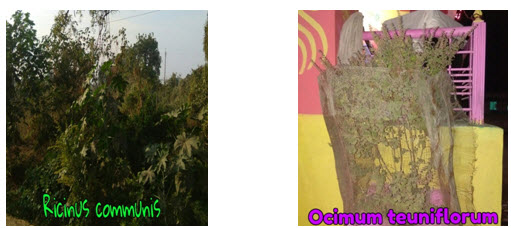{ DOWNLOAD AS PDF }
ABOUT AUTHOR
Patil N.B.
Department of Pharmacy, Ahinsa Institute of Pharmacy,
Dondaicha, Maharashtra
ABSTRACT
This study reports the surveyed of medicinal plants used by village peoples of satpuda hills in shirpur taluka in ethno veterinary practices during this study ,information about ethno veterinary plants was obtained from villages peoples of personal meet them and collect the information .the ethno veterinary plants were collected and preserved as herbarium specimens by follows the standard methods.the identification of plants on botany department of R.C.Patel shirpur,Maharashtra.during the survey it was noted that 12 plants were traditionally used by treat various veterinary diseases such as Inflammation, wound healing, Indigestion , Dysentry, Diarrhoea, Infertility, Afra disease, Infection of uterus, antimicrobial.
The information provided in this study would bring new medicine development of ecofriendly, effective medicines to control veterinary disease in the future prospective.this study may be useful to protect and conserve the endemic flora species of satpuda hills of shirpur taluka (Dist-Dhule,Maharashtra).
[adsense:336x280:8701650588]
Reference Id: PHARMATUTOR-ART-2638
|
PharmaTutor (Print-ISSN: 2394 - 6679; e-ISSN: 2347 - 7881) Volume 7, Issue 01 Received On: 04/12/2018; Accepted On: 21/12/2018; Published On: 01/01/2019 How to cite this article: Patil, N. 2019. A report on medicinal plants used in Ethno veterinary practices of village peoples in satpuda hills in shirpur taluka (Dist-Dhule, Maharashtra). PharmaTutor. 7, 1 (Jan. 2019), 38-41. DOI:https://doi.org/10.29161/PT.v7.i1.2019.38 |
INTRODUCTION
Nature is provided with a lot of herbal medicinal which plays a major part in the treatment of disease.plants are considered as the significant and element sources of medicinal traits.application of these medicinal plants as a source of drugs in treating human and animal disease has been a traditional practice.( Baskarallingam vaseeham et al.,2015).
Ethno veterinary is a science that involves the popular practical knowledge used to treat and prevent animal disease.(ethnobiomed.biomedical.com). high cost and indiscriminate use of antibiotics and other veterinary drugs and their residues in the milk and other animal products are serious problems of present veterinary services in India.the presence of drug residues results in development of drug resistant micro-organism that are difficult to treat and the world is looking for safer herbal alternatives (Nisha A.R. et al., 2008 ,Balakrishnan Nair M.N. et al.,2017).
Etno veterinary knowledge is a acquired through practical experience and has traditionally been passed down orally from generation to generation.these activities have saved ethno veterinary knowledge from extinction ,most knowledge resided with elderly community members and disappered as they died. The introduction of modern practices also made in different for the younger generation to appreciate and use the beliefs and of their forefathers.(Ngeh J. Toyang,Jacob wanyamaMopoi Nuwany akpa,sali Django et al.,2007)
According to the world Health Organisation ,at least 80% of people in developing countries depend largely on indigenious practices for the control and their animal (WHO.com)
The people of for flung rural areas still depends to a large extent upon plant and house hold remedies for curing veterinary ailments.commonly plants used in animals like Buffalo,Cow,Ox,sheep,Goat,Horse,Dog,Cat(R.K.Maikhuri et al.,2010)
Ethno veterinary medicine has become well known worldwide as an elemental factors of primary health care as it has been the blessing for marginated and pour communities.the reasons for using traditional methods of treating veterinary disease are - cost effectiveness of developed technology ,no side effect noted ,lack of accessibilty to modern veterinary facities and treatments (Padmakar v.et al.,1998)
Study area profile
Shirpur is a city and taluka in Dhule District of Nashik division ,Maharashtra .the Arunavati river and Tapi river flows through the city.shirpur is 50 km from the city of dhule.it is located Eastern side of satpuda hills of Latitude 21 21' 00'' and Logitude 75 53' 00''. it is situated at elevation 159 meters above sea level.the satpuda hills is known its rich biodiversity .(https://en.m.wikipedia.org).the shirpur taluka villages is study of ethno veterinary plants to used.

Fig.no.1. shirpur taluka map, source:- https://goo.gl/images/RVRc7U
MATERIAL AND METHODS
The study of ethno veterinary medicinal plants of village peoples satpuda hills in shirpur taluka was conducted during the April - Octomber 2018.a field survey was conducted among the village people at Tarhadi, Abhanpur, Tarhad, Boradi, Dahiwad, Aner, Anturli, Mukhed, Dabhapada, Vakwad and ziranipada of satpuda hills.
During the study period information about the traditional ethno veterinary medicinal plants used by village people satpuda hills of shirpur taluka was obtained personal meet then collect the information.(Table no.1).
The collection of plant materials and preparation of herbarium specimens was carried out by standard methods.the taxonomic identification of plants was authenticated by the Botany department at R.C.Patel senior colleage ,shirpur and also with standard books that are reffered.
RESULT AND DISCUSSION
The satpuda hills is an national Biosphere reserve in India.it is very rich floral diversity many ethanobotany studies have been carried out in the satpuda hills but the study of ethnoveterinary research not reached and not explore further.the results of the present study revealed that the different types of plants like Aloe barbendensis, Azadirchta indica, Bambusa arundinacea,Cassia obtusifolia,Citrus limonis, Curcuma longa, Cynodon dectylon, Eucalyptus globulus, Ferula asafoetida, Murrya koenigii, Ocimum teuniflorum, Ricinus communis are used treat various veterinary diseases. Furthermore, the use of chemical drugs is not only ineffective but also causes adverse effect ; henc,plant based or plant drugs are increasingly important in the field of ethno veterinary medicine to control various veterinary diseases.




CONCLUSION
The tribal people of India play an important role in the conservation of biodiversity as they possess indiggenious knowledge on the medicinal value of plants in the hills.in this study the list of plants used by village peoples in the satpuda hills in shirpur taluka (Dist- Dhule,Maharashtra) will provide basic information for future research in the field of ethno veterinary medicine.
This information provided in this study would bring new medicine development of ecofriendly ,effective medicines to control veterinary disease in the future prospective this study may be useful to protect and conserve the endemic flora species of satpuda hills of shirpur taluka (Dist-Dhule,Maharashtra).
REFERENCES
1. Balakrishnan Nair MN.,Punnlamurthy N and Kumar SK.(2017); Ethno veterinary practices for animal health and the associated medicinal plants from 24 locations in 10 states of India ,Research and Reviews Journal of veterinary science; 3(1); 25-34.
2. Balan Banumathi and Baskaralingam vaseeharan(2015),A report on medicinal plants used in Ethno veterinary practices of toda tribe in nilgiri hils ,Journal of veterinary scienceand technology; 6(5); 1-6.
3 . https://ethnobiomed.biomedicentral.com
4. https://en.m.wikipedia.org
5. Ngeh J.Toyang, Jacob Wanyama, Mopoi Nuwanyakpa, Sali Diango (2007); Ethnoveterinary medicine,Agromisa foundationand CTA ,Wageningen.
6. Niaha AR (2008); Antibiotic residues a global health hazard,vet.world; 1; 375-377.
7. Padmakumar V.(1998); Farmers reliance on ethnoveterinary practices to cope with common cattle ailments ; Indigenous knowledge and development monitor; 6; 14-16.
8. P.C.Phondani,R.K.Maiklum and C.L.Kala (2010) ; Ethnoveterinary uses of medicinal plants among traditional Herbal healers in Alaknanda catchment of Uttarakhand India ,Afr.J.Tradit complement Altern. Med.,7(3) ; 195-206.
9. www.WHO.com
NOW YOU CAN ALSO PUBLISH YOUR ARTICLE ONLINE.
SUBMIT YOUR ARTICLE/PROJECT AT editor-in-chief@pharmatutor.org
Subscribe to Pharmatutor Alerts by Email
FIND OUT MORE ARTICLES AT OUR DATABASE









